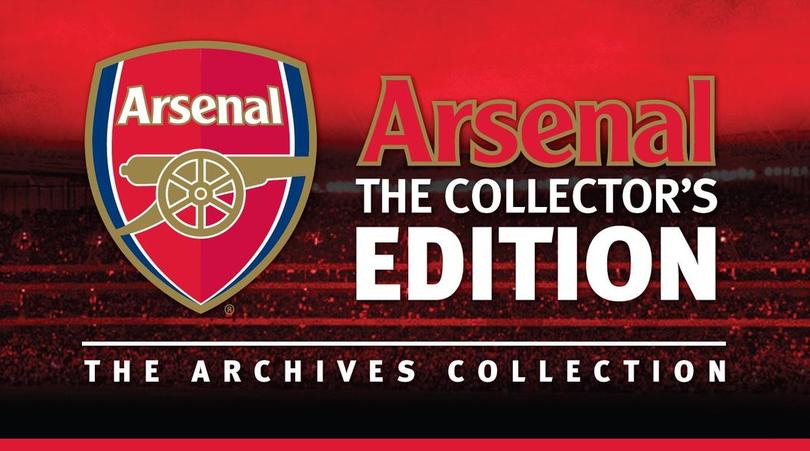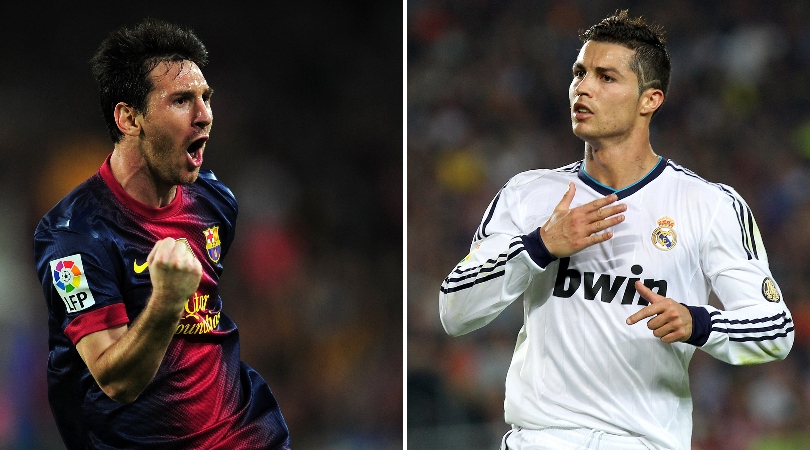Best Arsenal players: the 11 greatest ever
Our selection of the greatest Gunners to have ever donned the shirt...
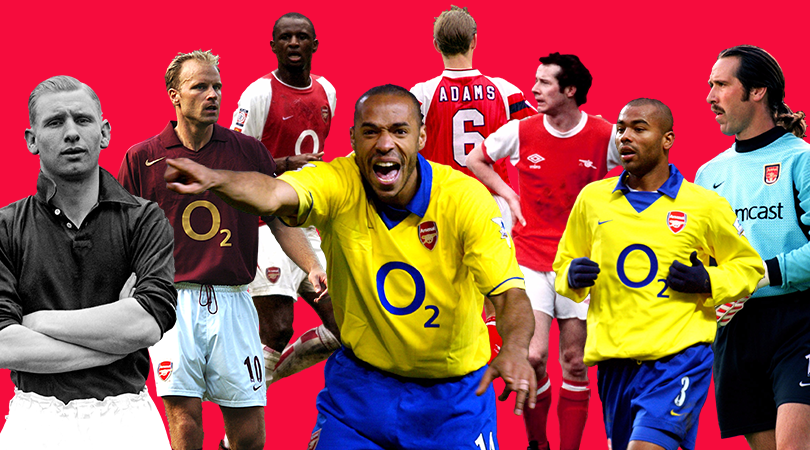
Since their conception in 1886, as Dial Square, Arsenal Football Club have seen many great players turn out for them.
It's a tough job to whittle them down to a manageable list but that's just what we've done...
The following are who we say are the 11 best of all time, in no particular order and regardless of position. You don't agree? Let rip in the comments below.
1. David Seaman
When Arsenal signed the moustachioed goalkeeper from QPR, some Gunners fans protested against George Graham’s decision because of the popularity of John Lukic. But “Spunky’s” peerless displays throughout Arsenal’s title winning campaign in 1990/91 demonstrated his class. His incredible match-saving shots from Tottenham's Gary Lineker and Leeds' Gary McAllister that year were truly unforgettable. Although he got a tad leaden-footed at the tail end of his career, Seaman still demonstrated his tremedous shot-stopping ability when he somehow kept out Sheffield United’s Paul Peschisolido’s header in the 2003 FA Cup semi-final. Admittedly he was aided by the famous back four in front of him during the 1990s, but Seaman's peerless displays made him the ultimate big-game stopper for the Gunners. He’s never truly been replaced.
Seaman's save against Sheffield United
2. Tony Adams
Get FourFourTwo Newsletter
The best features, fun and footballing quizzes, straight to your inbox every week.
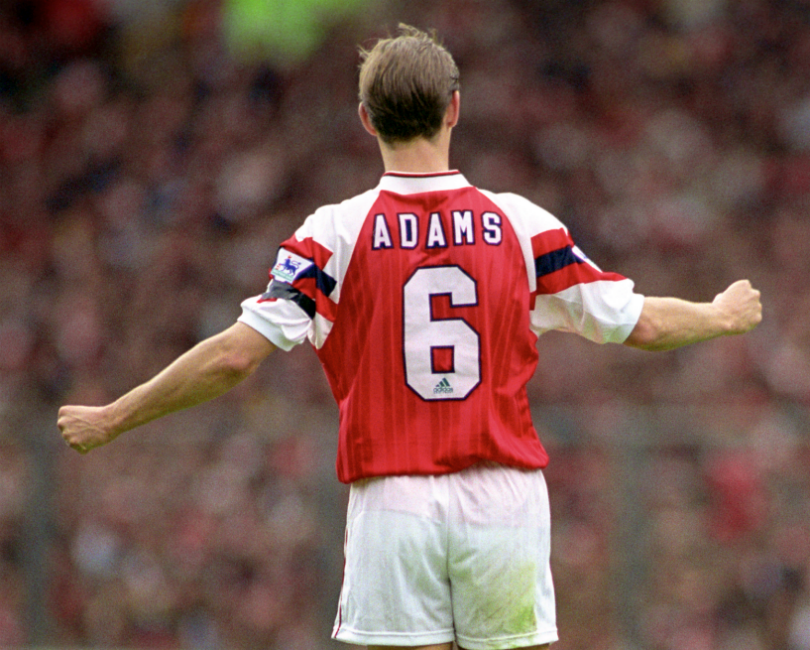
His transition from George Graham’s hard-drinking, blue-collar lieutenant to Arsene Wenger’s poetry-loving free-thinking, roving skipper was remarkable
His transition from George Graham’s hard-drinking, blue-collar lieutenant to Arsene Wenger’s poetry-loving free-thinking, roving skipper was remarkable. What didn’t change, though, was Adams' undimmed will to win. He had that same winning mentality even as a gawky teenager, skippering his team to four titles between 1989 and 2002. Throughout that time, the Gunners’ style of play altered out of all recognition, and Adams endured the “Donkey” chants which forced his parents to stop attending games, fronted up to his alcoholism and a string of injuries which limited his appearances in the latter years of his 19-year career. But Adams’ leadership qualities remained the driving force behind the team.
Fancy a limited edition Arsenal Archive Collection? Find out more here

3. Liam Brady
The brilliant Irishman was arguably the cleverest playmaker of his generation in the 1970s. He would glide past opponents with unerring ease, and hit shots with minimal backlift. Though stronger on his left side, Brady was comfortable using either foot, a skill he used to maximum effect in the 1979 FA Cup final, when he led Manchester United defenders a merry dance on the Wembley turf as Arsenal ran out 3-2 winners. His talents deserved more than a solitary FA Cup winner's medal, and Brady departed for Italy in 1980 for Juventus. His most iconic moment for the Gunners remains his masterfully curled shot from outside the box at White Hart Lane at Christmas 1978, as Arsenal thrashed their north London rivals 5-0.
4. Patrick Vieira
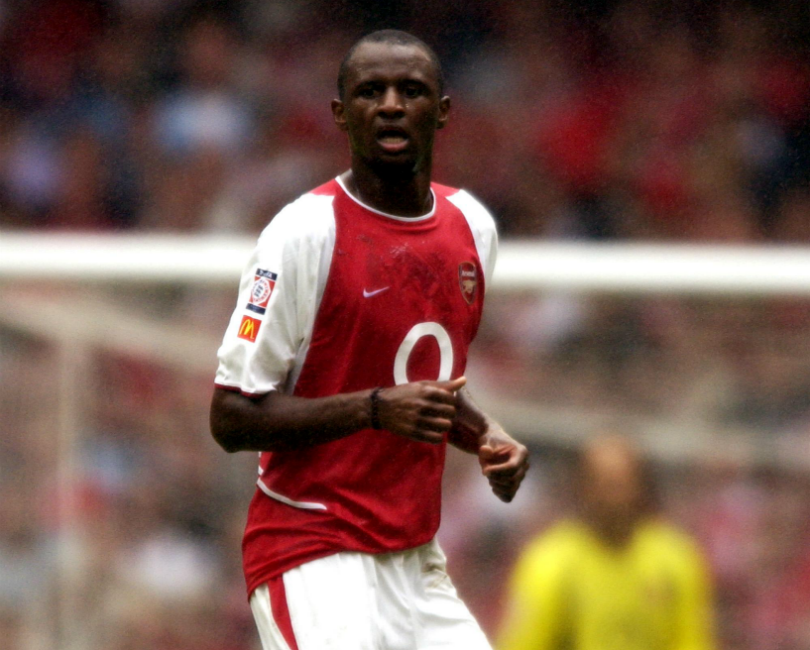
He had boundless energy, he could tackle, he could shield the back four, he could trigger attacks and he even scored the occasional vital goal
A titan of Arsenal’s midfield for nearly a decade between 1996 and 2005, the giant Frenchman relished clashes with Manchester United more than anyone, as his “fire and brimstone” face-offs with rival skipper Roy Keane both on the pitch and in the tunnel proved. From the minute he signed from Milan, it was clear that Vieira was the archetypal 21st century midfielder. He had boundless energy, he could tackle, he could shield the back four, he could trigger attacks and he even scored the occasional vital goal. The Frenchman bowed out in style, sealijng victory in the 2005 FA Cup final – against United - with the decisive penalty kick, which was his very last act as an Arsenal player.
5. Alan Smith
“Smudger” makes the cut ahead of Ian Wright (many fans' favourite ever Gunner and arguably the most natural goalscorer in Arsenal’s history) because he always delivered when it really mattered: Anfield ’89, Copenhagen ’94, a couple of Golden Boot awards thrown in during the title-winning seasons, and regular strikes against Manchester United and Liverpool. He was the complete target man, possessing a deft first touch and the ability to chest the ball down or head it on for teammates to run onto. In the tradition of fellow underrated Gunners forwards Jack Lambert and John Radford, Smith was never one for self-promotion. Yet when Wright arrived at Highbury in 1991, usurping Smith’s role as primary goal-getter, the balance of the team became skewed and, as Smith’s influence waned, Arsenal ceased to become a genuine title threat.

Smith smashes one in against Parma
6. Thierry Henry
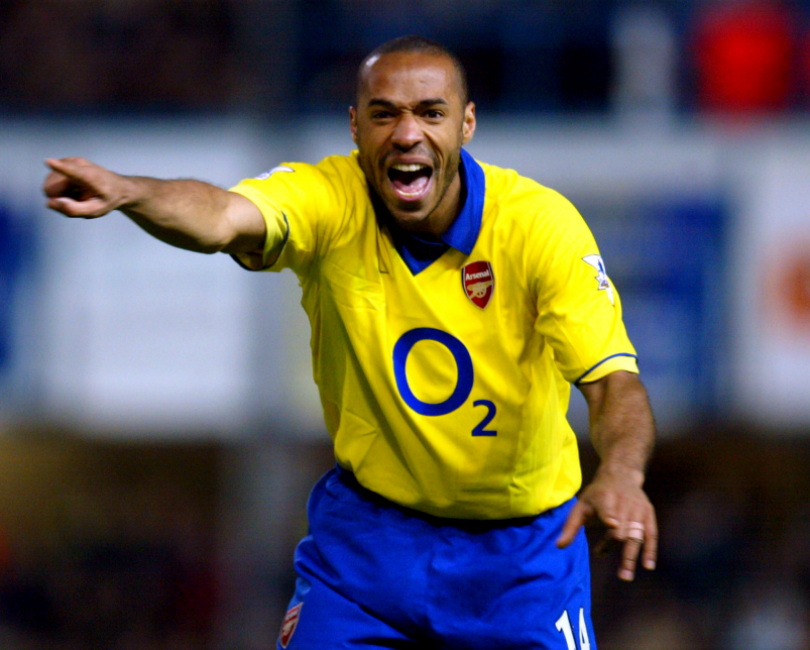
It was also fitting that during the last ever match at Highbury in 2006, Henry scored a hat-trick and, after netting a penalty, kissed the pitch goodbye
“We’ve got the best player in the world,” chanted Arsenal fans when Henry was on song (which was more often than not). The Gunners’ record goalscorer was, on his day, quite simply unplayable. It took Henry - who started out as a winger - a season to settle into the team, after manager Arsene Wenger informed him that he intended to convert him into a striker. In the 2001/02 campaign, he used his blistering pace to great effect to destroy rival centre-backs, continuing his Va Va Voom displays throughout the Invincibles season of 2003/04. It was also fitting that during the last ever match at Highbury in 2006, Henry scored a hat-trick and, after netting a penalty, kissed the pitch goodbye. It had been the platform for dozens of frankly unbelievable Thierry Henry displays.
7. Dennis Bergkamp
It wasn’t just that the Dutchman’s arrival at Highbury in July 1995 transformed Arsenal from a plodding outfit to something much slicker, but his move from Inter also signalled a shift in the thinking of English football as a whole. A perfectionist in training, Bergkamp’s cerebral and disciplined approach to life off the pitch was at odds with the laddish, alcohol-fuelled lifestyles of many English players of the era. The Gunners reaped the benefits, and throughout a silverware-strewn decade, he proved to be an excellent foil for a raft of strikers including Wright, Henry and Nicolas Aneklka. His litany of superb Arsenal goals reminded Gunners fans that football at its best is a joy to watch.
8. Alex James
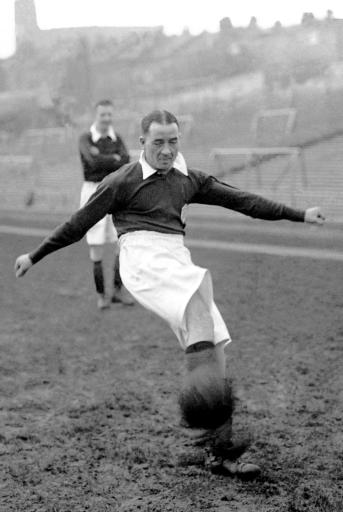
Thanks to the superb man-management skills of boss Herbert Chapman, James was soon the vital cog within the legendary WM formation and the key conduit between defence and attack
“Wee Alec” was Arsenal’s first true icon. Initially, he took time to settle at Highbury after arriving in the late 1920s, but thanks to the superb man-management skills of boss Herbert Chapman, James was soon the vital cog within the legendary WM formation and the key conduit between defence and attack. The diminutive Scot, an often contrary talent, scored the opening goal in the 1930 FA Cup Final against Huddersfield as Arsenal won their first piece of silverware, and also pulled the midfield strings as Arsenal won a hat-trick of titles between 1933 and 1935.
9. Frank McLintock
A large number of top Gunners were converted from other positions on the field, with McLintock initially a fitful, indisciplined midfielder after he arrived from Leicester. Coach Don Howe pulled off a masterstroke when he shifted the fiery and vocal Scot into central defence in 1969, and McLintock never looked back. A natural leader, McLintock cajoled, organized and. when necessary, bawled at Arsenal’s backline, turning them into the meanest and most effective unit in English football as the Gunners hit a purple patch when football went technicolor in the early seventies.

McLintock scores against West Brom
10. Ashley Cole
Quick, sharp in the tackle and able to anticipate danger before it happened, he was a prime example of the modern full-back
A controversial choice, given that his high-profile departure to London rivals Chelsea in 2006 emphasised the football power shift that was happening in the capital. Yet throughout his seven-year first-team career at Highbury, the mind-bogglingly consistent Cole was simply the best full-back the club has ever had. Quick, sharp in the tackle and able to anticipate danger before it happened, he was a prime example of the modern full-back, who was as comfortable marauding down the left wing as he was cleaning up in defence. It’s just a shame that he ended up winning a shedload more silverware at Stamford Bridge than Highbury.
11. Cliff Bastin
Arsenal’s all - time record goalscorer with 178 goals – until Ian Wright broke his record in 1997 – “Boy” Bastin was nabbed from Exeter City by Herbert Chapman and the 17-year-old became an immediate sensation in the capital, despite being warned of the “Soddom and Gommorah” life in London by his grandmother. With an ice cool big match temperament, the blisteringly quick Devonian was deadly in front of goal, linking superbly well with fellow forwards Jack Lambert and David Jack. But for the intervention of World War 2, and his increasing deafness, Bastin may well have plundered yet more goals for the Gunners.
Jon Spurling is a history and politics teacher in his day job, but has written articles and interviewed footballers for numerous publications at home and abroad over the last 25 years. He is a long-time contributor to FourFourTwo and has authored seven books, including the best-selling Highbury: The Story of Arsenal in N5, and Get It On: How The '70s Rocked Football was published in March 2022.
